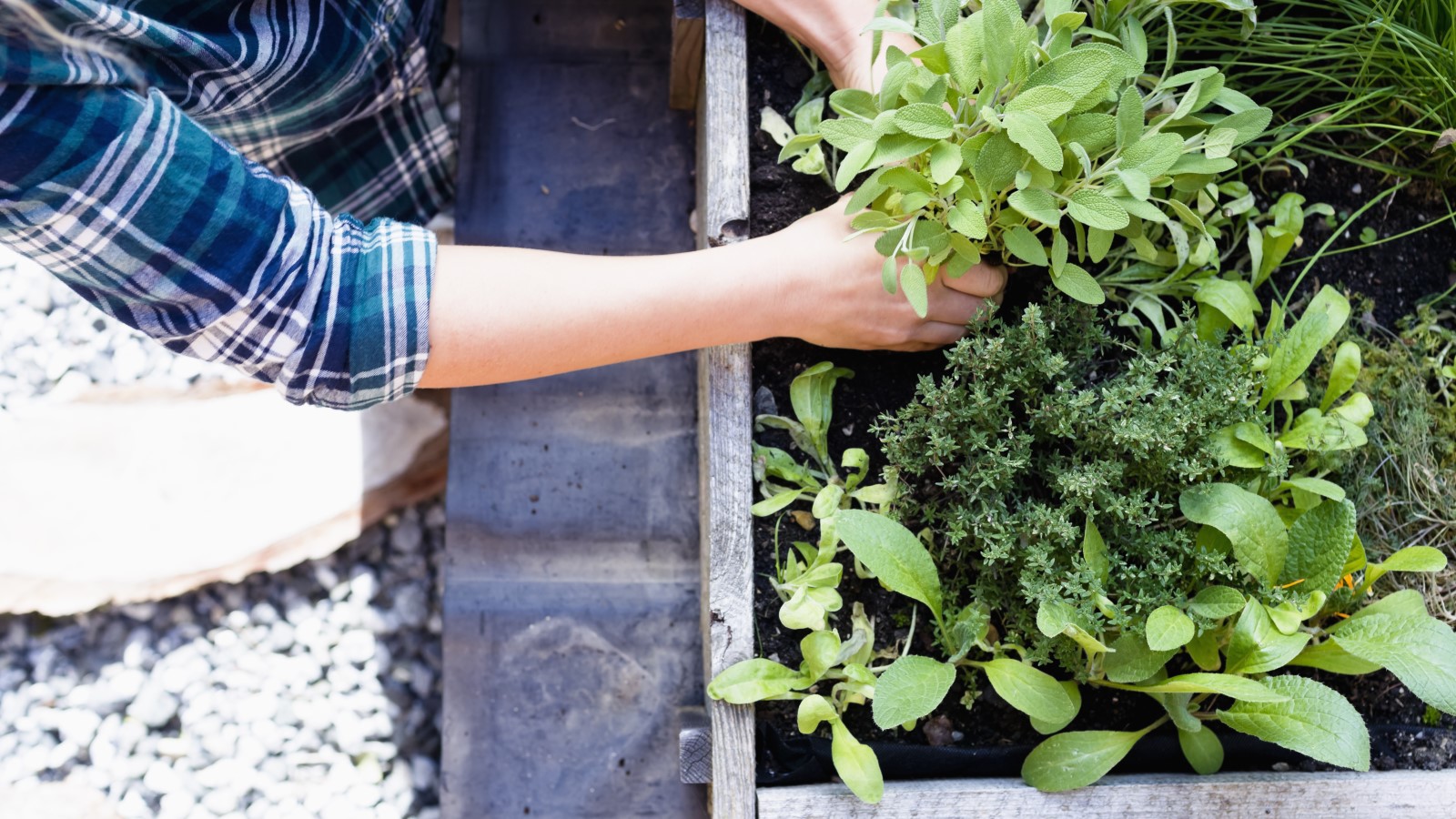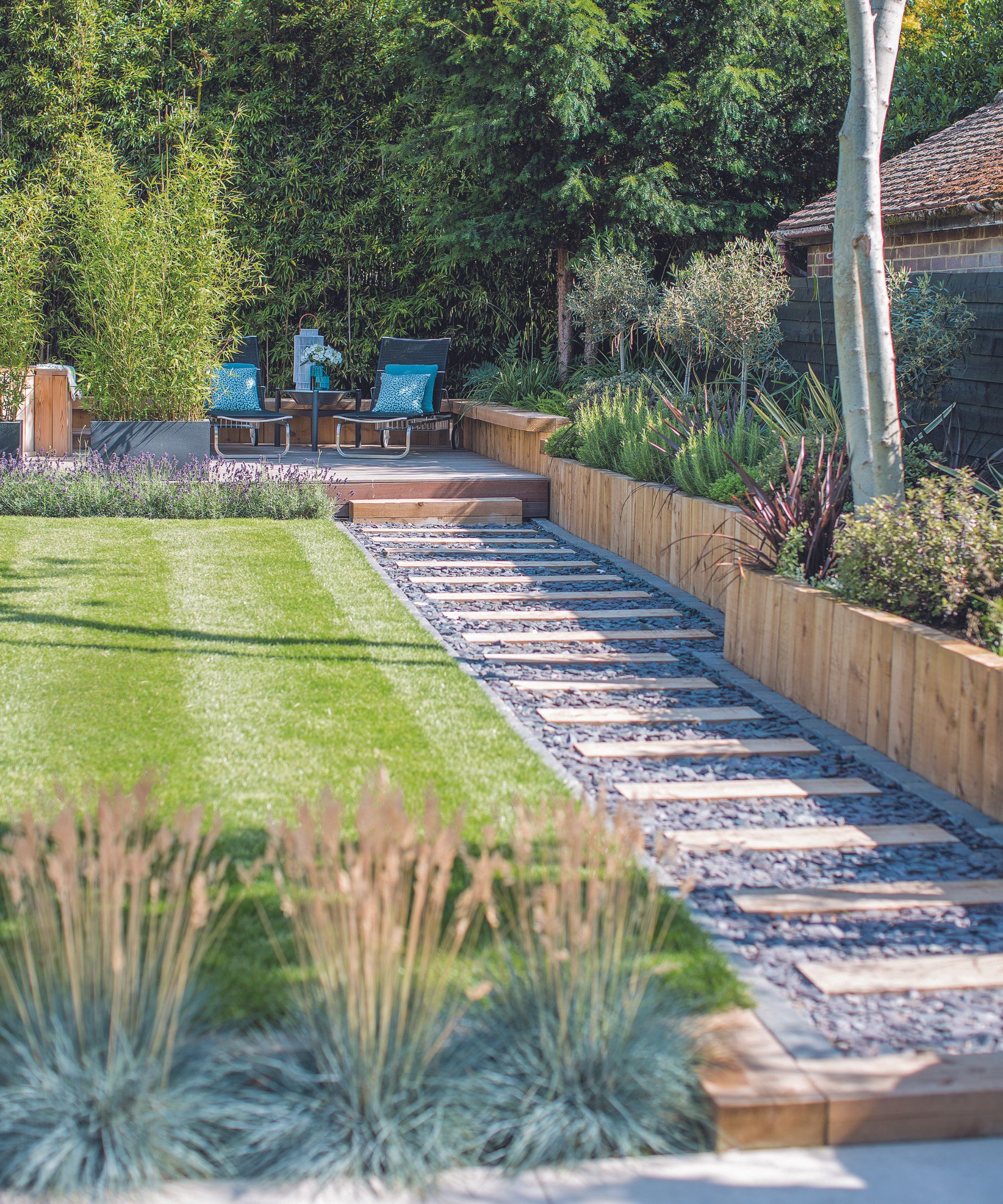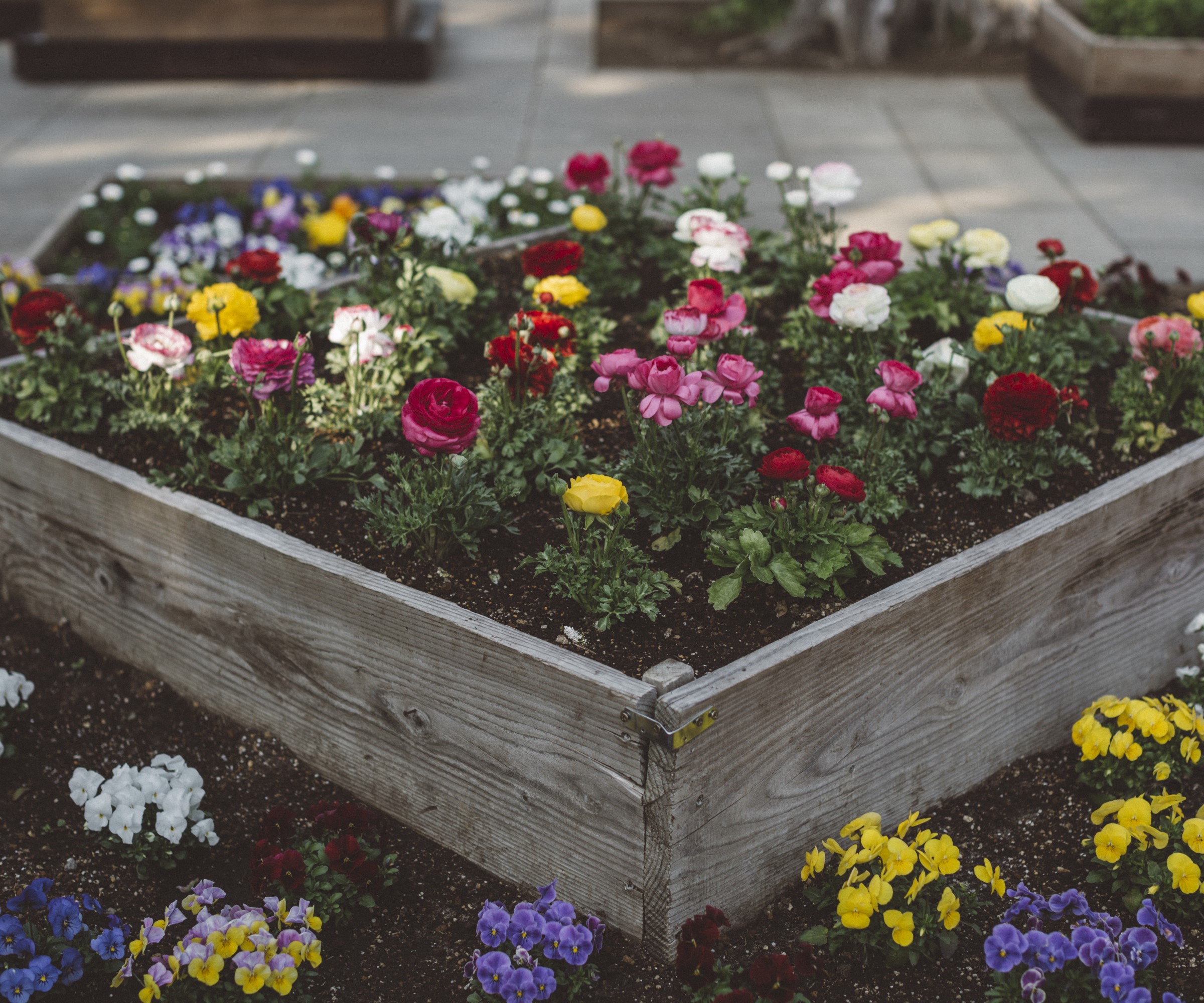What are raised garden beds good for? Experts reveal the benefits for both gardeners and plants
Discover the many advantages raised garden beds offer and the wide range of plants that can thrive in them


You can grow practically any plants in raised garden beds, ranging from vegetables to small trees. There is a wealth of possibilities as they offer such advantages to gardeners.
If you are thinking about raised bed garden ideas, there is a lot to consider. Not only can they be creative design features in a yard, but they offer real benefits for people with mobility issues and allow you lots of control over the soil.
Raised garden beds are good for such a range of plants that it allows you to imagine any possibilities. You can engineer the raised bed to be perfect for what you want to grow, whether it is fruit, vegetables, flowers, herbs, shrubs, or alpines.

There is a lot of choice for raised beds, whether it is material, location, size, or the plants to go in them
The benefits of raised garden beds
Raised beds are hugely popular and suitable for any form of backyard, with any soil types. Or a raised bed can even give you soil if you have no ground to grow in, as they can be put on top of a patio or on a deck. On top of being valuable spaces to grow your plants, raised beds can also be artistic.
There are important factors to consider, such as where is the best place to put a raised garden bed, to ensure you get ones that are fit for purpose.
You can either source materials and build your own raised bed, or buy dedicated kits. They can come in various materials, such as the metal Land Guard Galvanized Raised Garden Bed Kit available at Amazon or the wooden Backyard Expressions Raised Garden Bed, also available at Amazon.
Whatever build option you go for, these are three key things raised garden beds are good for.
Design expertise in your inbox – from inspiring decorating ideas and beautiful celebrity homes to practical gardening advice and shopping round-ups.
1. For controlling soil
The main practical reason raised beds are beneficial is that they allow you to control the type and soil health to get a different soil than elsewhere in your yard.
Luay Ghafari, a cook and gardener at Urban Farm and Kitchen, is a fan of raised garden beds as they give you ‘full control over the growing medium and amendments’. It opens up the range of plants you can grow in your yard as you can create a medium to suit whatever you desire.
He adds: ‘If your native soil is of poor quality or too difficult to work with (for example, clay), a raised bed allows you to create a robust and usable growing environment for crops to thrive.’
If you have very sandy soil then you can fill a raised bed with soil that holds water better, if you have clay soil then the raised bed can give you better drainage. What soil you put in a raised garden bed can be designed to have a neutral pH that most plants like – unless, for example, your bed is planned for acid-loving plants where you can add ericaceous compost to make the soil more acidic.
Test the pH of soil to help you make sure it is perfect for your plants. Filling your raised bed with the wrong soil is a common raised bed gardening mistake to avoid.
A final benefit for soil is that in a raised garden bed it should never suffer from compaction, as there is no walking on the beds. When planning how wide a raised garden bed should be, the rule is they should only be as wide as you can reach so you do not have to step inside.

Having full control over the soil allows you to engineer the ideal medium for your chosen plants

Luay Ghafari is a chef, consultant, garden-to-table consultant and writer at Urban Farm and Kitchen. He is the co-founder of the educational teaching platform gardenologie that teaches students to plan, grow, maintain, harvest, preserve and cook right from their gardens.
2. For access and mobility
Raised beds can make gardening easier for people with mobility issues, such as those in a wheelchair or who are unable to kneel to garden at ground level.
When thinking of how tall a raised garden bed should be, an advantage is that the height of the beds can be designed to suit any user. Also the tops can also be made wide so people can sit on them while gardening.
It allows anyone with mobility issues the opportunity to plant, prune, harvest, or simply weed in comfort and take in the joys of working the soil.
3. For creative features
Raised beds also offer an opportunity to add design elements or aesthetic features to a backyard. They offer a level of creativity to garden design.
There are lots of materials that can be used. They can be made of lavish materials or upcycled from old wood or bricks. They can also be permanent design features, or mere temporary additions, to break up space, add interest, or to raise up plants so the blooms can be further enjoyed.
Duane Pancoast, writer at the Geriatric Gardener, advises: ‘Raised beds of ornamental plants should be placed where the gardener and visitors can enjoy the beauty and fragrance of the flowers.’
He adds that raised garden beds ‘make good boundary markers for features like patios’. As well as around patios, raised beds can also be successfully utilized to line paths or to create a visual divide between sections of the yard.

Raised bed can make stunning boundaries to a yard
What plants are raised garden beds good for?
If you wonder what you can grow in raised garden beds, the answer is that practically all plants can succeed in them. There is such a wide range of plants to choose from and anything you can grow in the ground can grow in a raised bed. That opens up the possibilities to create anything, from a kitchen garden to a cut flower garden, in raised beds.
- Fruit and vegetables The fact the soil warms up quicker in spring makes them fantastic for sowing and growing vegetables. Award-winning garden designer Martyn Wilson claims raised beds ‘open up all sorts of opportunities’ when it comes to vegetable garden ideas. He says: ‘Raised beds are particularly useful if you have poor soil, and want to grow veg such as parsnips, straight carrots or salad crops that require soil that is free-draining and nutrient-rich, with very few stones. You can obviously fill the beds with compost and topsoil and control the quality of your growing media much more easily.’ A range of soft fruit, including strawberries, raspberries, blackberries, gooseberries, and many currants, are all perfect for growing in raised beds.

Award-winning garden designer Martyn Wilson has won gold medals at the Royal Horticultural Society Hampton Court Place Flower Show in the UK and is a member of the Society of Garden Designers

Raised beds are hugely popular for growing vegetables
- Herbs and flowers They will grow fantastically in raised beds, as well as bringing great scent and blooms and attract beneficial pollinators into the garden. If you are planning a cut flower garden, then a huge mix of flowers can be grown in raised beds. From annuals to cut throughout the summer, to any bulbs, tubers and corms – they can all grow in raised beds. Consider the heights when planting and the location of the raised bed, to avoid taller plants blocking sun from the smaller ones.
The usage of herbs can also be part of companion planting along with your vegetables and fruit. Herbs do love a soil that is very well-draining, so boost the soil with grit to make a herb garden that drains really well. In a similar way, by increasing the level of drainage in the raised garden bed that can make it an ideal growing medium for more Mediterranean plants and also alpine plants.

Flowers will not only look superb but attract pollinators
- Trees and shrubs Raised garden beds can contain annual floral displays as well as be home to evergreen shrubs, that can provide interest and color throughout the year. By thinking of how deep to make a raised garden bed you can ensure it is large enough to be suitable for large shrubs. Even small trees, such as conifers, can be grown in raised beds – though make sure to select smaller varieties suited for growing in beds or container gardens.
Always plan your raised beds carefully. Not only in terms of their location and size, but for purpose. Whether you are wanting them to divide a garden and put on year-round displays, or to sit by your back door to provide a quick harvest of herbs or vegetables straight from yard to kitchen. Take advantage of the fact you can control the soil and the amendments to perfectly suit what you want to grow.

Drew has worked as a writer since 2008 and was also a professional gardener for many years. As a trained horticulturist, he worked in prestigious historic gardens, including Hanbury Hall and the world-famous Hidcote Manor Garden. He also spent time as a specialist kitchen gardener at Soho Farmhouse and Netherby Hall, where he grew vegetables, fruit, herbs, and cut flowers for restaurants. Drew has written for numerous print and online publications and is an allotment holder and garden blogger. He is shortlisted for the Digital Gardening Writer of the Year at the 2025 Garden Media Guild Awards.